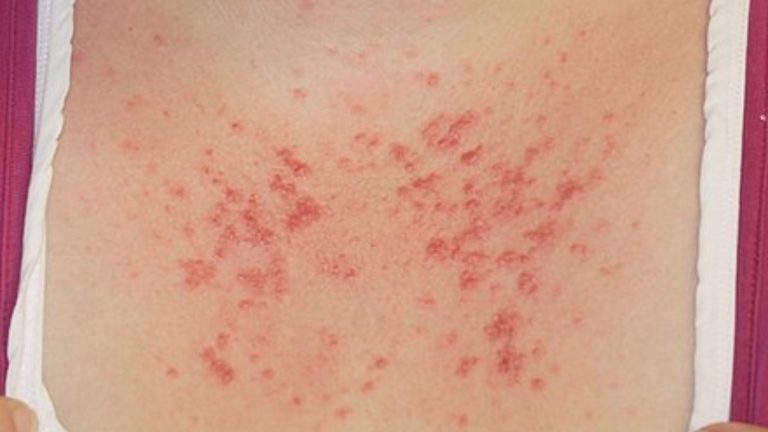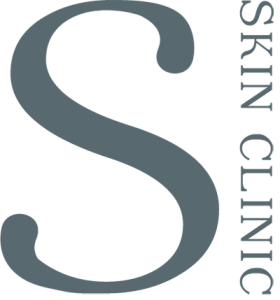Polymorphic Light Eruption (PMLE) stands as one of the most common skin reactions to sunlight, manifesting as a rash that develops after exposure to the sun’s rays or artificial UV light. This condition, often perplexing and uncomfortable for those affected, leads to a quest for understanding, effective management strategies, and ways to prevent future outbreaks. This comprehensive guide delves into the nature of PMLE, its triggers, treatment options, and lifestyle adaptations that can help manage and mitigate its impact.
Understanding PMLE
PMLE typically appears as a rash comprising red, itchy, or sometimes burning patches. The affected areas are those most exposed to sunlight, including the face, neck, chest, and arms. The condition often emerges in early spring or summer when skin exposure to sunlight increases.
Causes Behind PMLE
The exact cause of PMLE remains elusive, though several factors are believed to contribute to its onset:
- UV Exposure: The primary catalyst, certain UV wavelengths trigger an immune response, resulting in skin inflammation and rash.
- Genetic Predisposition: A family history of PMLE or related photosensitive conditions suggests a genetic element to susceptibility.
- Hormonal Influences: Hormonal fluctuations during menstruation, pregnancy, or menopause may exacerbate or trigger PMLE in some individuals.
Navigating Treatment Options
Managing PMLE involves a blend of medical interventions and lifestyle adaptations to alleviate symptoms and reduce flare-up frequency:
- Topical Steroids: These are the frontline treatment for reducing inflammation and itchiness, offering relief during acute flare-ups.
- Antihistamines: Used to alleviate itching and discomfort, these medications help manage the allergic component of PMLE.
- Sun Protection: Integral to managing PMLE, diligent application of high-SPF, broad-spectrum sunscreen, and wearing protective clothing are crucial preventative measures.
Alternative Approaches to Managing PMLE
Aside from traditional medical treatments, there are other avenues to explore:
- Phototherapy: Under medical supervision, controlled UV exposure can help desensitize the skin, reducing susceptibility to PMLE.
- Natural Remedies: Aloe vera, coconut oil, and oatmeal baths can offer soothing relief to irritated skin, though it’s important to discuss these options with a healthcare provider to ensure their appropriateness and efficacy.
Living with PMLE: Tips and Strategies
Living with PMLE requires a proactive approach to skin care and sun exposure:
- Sun Avoidance: Limiting sun exposure during peak intensity hours (10 AM to 4 PM) can significantly reduce the risk of flare-ups.
- Regular Skin Examinations: Monitoring skin for any changes or unusual reactions helps in early identification and management of PMLE.
- Healthy Lifestyle: A balanced diet rich in antioxidants and Omega-3 fatty acids, along with regular hydration, supports skin health and may mitigate some of PMLE’s impacts.
Conclusion
PMLE, while challenging, doesn’t have to severely restrict one’s enjoyment of sunny days. With a comprehensive understanding of the condition, diligent sun protection, and appropriate treatment strategies, individuals affected by PMLE can manage their symptoms effectively. It’s also crucial to maintain open communication with healthcare providers to tailor treatment plans to individual needs and explore all available options for relief and management. Through informed actions and preventive measures, it’s possible to live a full, vibrant life, even with PMLE.



